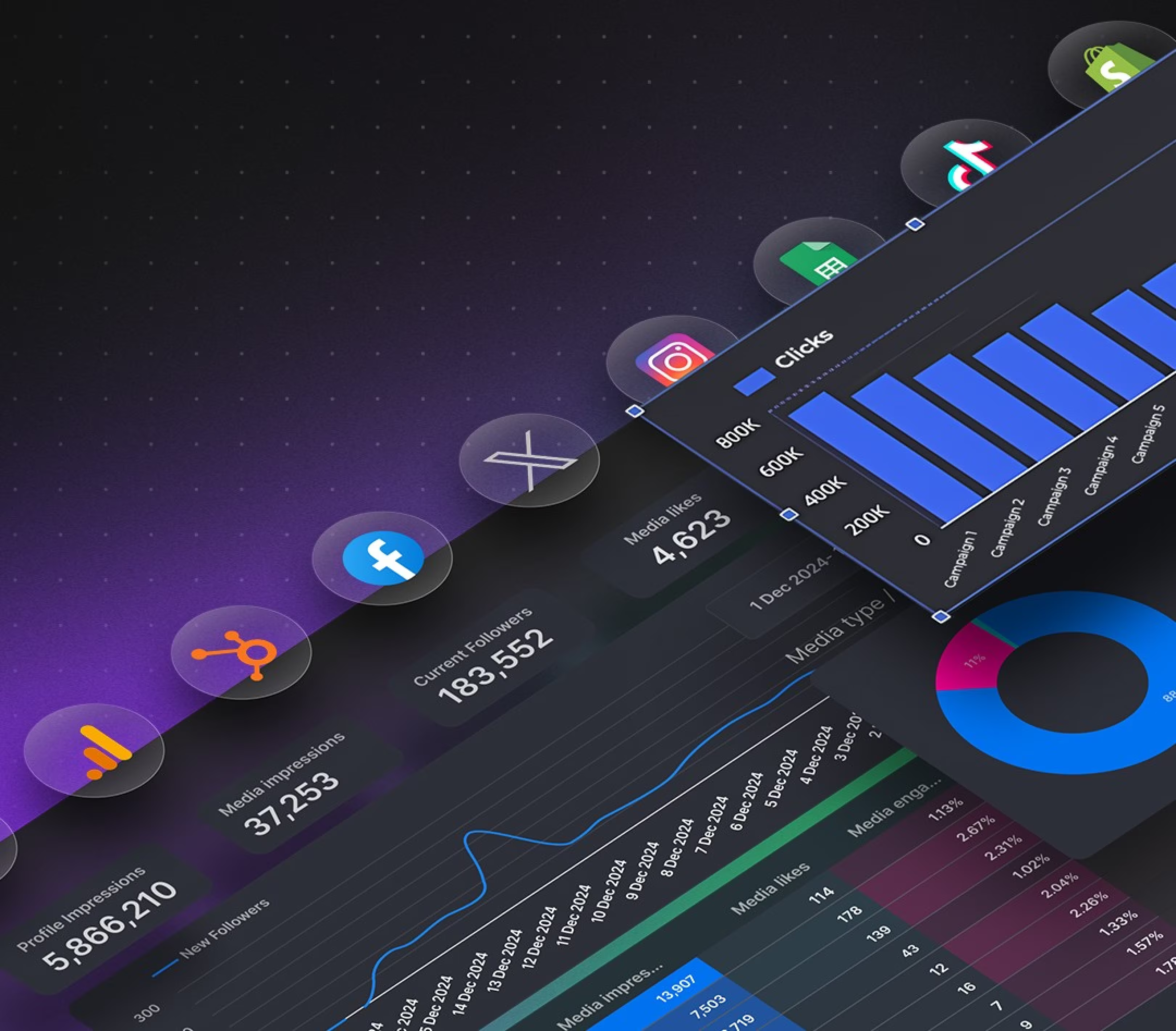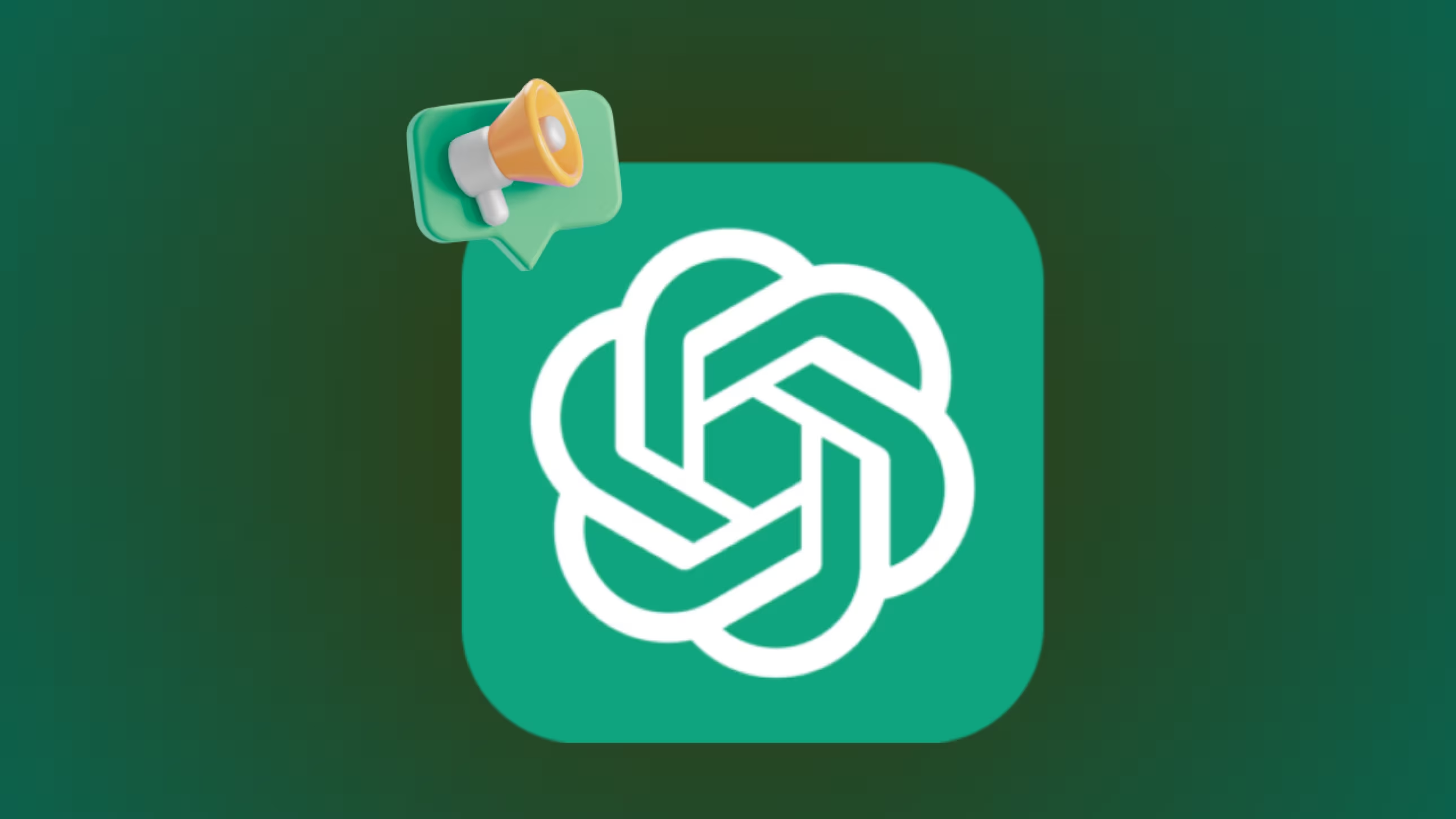What We Know for Certain
OpenAI is building an advertising infrastructure for ChatGPT. This isn't speculation, in September 2025, the company posted a job listing for a "Growth Paid Marketing Platform Engineer" tasked with developing campaign management tools, integrating with major ad platforms, and building real-time attribution pipelines.
Internal OpenAI documents obtained by The Information show the company forecasting $1 billion in revenue from "free user monetization" in 2026, growing to nearly $25 billion by 2029. For context, that 2029 figure is only $4 billion less than their projected enterprise AI agent service revenue.
The numbers make the case: 700 million weekly active users as of August 2025, up from 500 million in March. OpenAI generates $3.5-$4.5 billion annually but spends over $8.5 billion, posting projected losses of $5 billion over the next 12 months. The company needs new revenue streams.
OpenAI has also hired key executives with advertising backgrounds: Fidji Simo (former Meta executive and Instacart CEO who built their ad business) as CEO of Applications, and Kate Rouch (former Meta and Coinbase marketing leader) as their first Chief Marketing Officer.
The reality: ChatGPT advertising is happening. The infrastructure is being built. The timeline points to 2026.
What We Don't Know Yet
Let's be clear about what remains unconfirmed:
- Ad formats: Will ads appear as sponsored responses, native mentions, or something entirely new? Unknown.
- Pricing model: CPC, CPM, CPA, affiliate/revenue share, or a combination? The job listing mentions "spend efficiency" and "experimentation frameworks" but doesn't specify pricing mechanics. Unknown.
- Exact launch date: Internal forecasts show 2026, but whether that's Q1, Q2, or later isn't public. Unknown.
- Targeting capabilities: Demographics, interests, conversation topics? OpenAI hasn't disclosed targeting options. Unknown.
- Integration details: The job posting mentions "integrating with major ad platforms," but we don't know which platforms or how deeply they'll integrate. Unknown.
- Paid tier policy: Internal documents reference "free user monetization," suggesting ads target free users while paid subscribers (Plus, Teams, Enterprise) remain ad-free, but OpenAI hasn't officially confirmed this. Unconfirmed.
Some publications are making educated guesses about ad formats and targeting. Those guesses might be right, but they're still guesses.

Why Marketers Should Care Right Now
If you're running paid media campaigns, ChatGPT advertising will likely become another channel in your mix. The platform's scale (700 million weekly users) and engagement (people actively seeking information) makes it attractive for advertisers.
But when any new advertising platform launches, marketers face the same challenge: managing data from yet another source.
You're already juggling:
- Google Ads performance data
- Facebook/Instagram ad metrics
- LinkedIn campaign results
- TikTok ad performance (if applicable)
- Organic analytics from Google Analytics
- Email marketing metrics
- CRM conversion data
When ChatGPT ads launch, that becomes one more data source to track, export, and integrate into your reporting.
The marketers who prepare their data infrastructure now will add ChatGPT seamlessly when it launches. The marketers who don't will scramble to retrofit their reporting systems while trying to evaluate performance.
The Multi-Platform Reporting Problem
The Reality for Different Marketers
Freelancer managing 3-5 clients: You're manually exporting data from each platform every week. Google Ads CSV on Monday, Facebook Ads export on Tuesday, LinkedIn data on Wednesday. Then you copy-paste into client reports. When ChatGPT ads launch, that's another manual export added to your weekly workflow.
Small business owner: You're checking Google Ads dashboard on Monday, Facebook Ads Manager on Tuesday, your website analytics on Wednesday. You have a rough sense of what's working, but you've never seen all your marketing data in one place. Adding ChatGPT means another login, another dashboard, another set of metrics to remember.
Agency managing 10+ clients: Your team exports data from multiple platforms for multiple clients. Each team member has their own process. Some use spreadsheets, some use slides, some just screenshot dashboards. When ChatGPT advertising launches, do you have a scalable system to add another platform across all client accounts?
In-house marketing team: You have established reporting systems, but they probably involved significant setup time. Adding new platforms means updating data pipelines, adjusting dashboards, and training team members on new processes. The easier your current system is to extend, the faster you can integrate ChatGPT data.
How to Prepare Your Data Infrastructure Today
You can't run ChatGPT ads yet, but you can build the foundation that makes adding ChatGPT data trivial when the time comes.
Step 1: Audit Your Current Data Situation
Ask yourself:
- Where does your advertising data currently live? (Individual platforms, exported CSVs, spreadsheets, BI tools)
- How long does it take to create a performance report across all channels? (If the answer is "hours" or "days," that's a problem)
- Can you easily compare performance across Google Ads, Facebook Ads, and other platforms side-by-side?
- If a new platform launches tomorrow, how much work is required to add it to your reporting?
A freelance social media manager realized she was spending 6 hours weekly on manual data exports and report creation for her 4 clients. That's 24 hours per month, or 3 full workdays spent on data wrangling instead of strategy.
Step 2: Centralize Your Data Sources
The goal: all your advertising data in one place where you can analyze it together.
Option 1: Manual consolidation (free, time-intensive)
- Export CSVs from each platform weekly
- Import into Google Sheets or Excel
- Manually format and combine data
- Create charts and reports
Time cost: 2-6 hours weekly depending on number of platforms
Option 2: Automated consolidation (paid, time-saving)
- Connect ad platforms to a centralized reporting tool
- Data updates automatically (daily or real-time)
- Pre-built templates for common reports
- Add new platforms by connecting them
Time cost: Initial setup 2-4 hours, then ~30 minutes weekly for analysis
Tools that consolidate multi-platform ad data include Dataslayer, Looker Studio with native connectors, Microsoft Power BI, or custom solutions using platform APIs.
The key advantage: when ChatGPT advertising launches, you add it as another connected data source rather than building an entirely new reporting process.
Step 3: Build Your Standard Reporting Template
Create a consistent template for evaluating any advertising platform:
Having this template ready means you can evaluate ChatGPT advertising performance in the same framework as your existing channels from day one.
Step 4: Document Your UTM Parameter Conventions
When ChatGPT ads launch, you'll need to track traffic separately from other sources. Establish your naming convention now.
Standard UTM structure:
- utm_source=[platform-name]
- utm_medium=[ad-type]
- utm_campaign=[campaign-name]
- utm_content=[ad-format]
- utm_term=[targeting]
Example for future ChatGPT ads:
- yoursite.com?utm_source=chatgpt&utm_medium=cpc&utm_campaign=q1-2026-launch&utm_content=sponsored-response&utm_term=marketing-software
Create a spreadsheet documenting your conventions for all platforms. When ChatGPT advertising launches, you'll have pre-defined UTM parameters ready to use immediately.
Use Google's Campaign URL Builder to generate UTMs automatically.
Step 5: Set Up Cross-Platform Dashboards Now
Don't wait for ChatGPT. Build dashboards showing all your current advertising channels today.
Free option: Looker Studio
- Connect your Google Ads, Facebook Ads, and Google Analytics accounts
- Create a dashboard with sections for each platform
- Add comparison charts (spend by platform, ROAS by platform, etc.)
- Add a blank section labeled "Future Platforms" where ChatGPT data will go
Automated option: Multi-platform connectors Tools like Dataslayer connect 50+ marketing and advertising platforms (Google Ads, Facebook Ads, LinkedIn Ads, TikTok Ads, Twitter Ads, etc.) to Google Sheets, Looker Studio, BigQuery, or Power BI. You select which platforms to connect, choose your metrics, and data flows automatically.
An agency managing 12 clients across 4 ad platforms each (48 total data sources) automated their reporting and reduced report creation time from 10 hours weekly to 45 minutes weekly.
The ChatGPT advantage: When OpenAI launches advertising and opens their API, you add ChatGPT as another connected platform. Your dashboards automatically include the new data without rebuilding your entire reporting system.

The Timing Question
When should you actually prepare?
- If you're already managing multiple ad platforms: Start now. You're improving your current workflow, and ChatGPT becomes a bonus benefit when it launches.
- If you only run one platform (e.g., just Google Ads): Wait until you're ready to expand. The effort doesn't make sense until you're managing 2+ platforms.
- If you're planning to test ChatGPT ads immediately at launch: Start preparing 2-3 months before. Based on the 2026 forecast, that means Q4 2025 or Q1 2026 depending on actual launch timing.
What to Watch For
OpenAI will likely announce ChatGPT advertising officially before launch. Watch for:
- Official announcements: OpenAI blog posts or press releases confirming ad launch details
- Beta program invitations: Large advertisers may get early access for testing
- API documentation: Published when the platform opens for programmatic access
- Integration announcements: Third-party tools announcing ChatGPT ad support
Frequently Asked Questions
When exactly will ChatGPT advertising launch?
Internal OpenAI documents forecast revenue from "free user monetization" in 2026, but no specific date is public. Most analysts expect Q1 or Q2 2026 based on the job postings and hiring timeline. OpenAI hasn't made an official announcement yet.
Will ChatGPT ads be expensive?
Unknown. Early-stage platforms often have lower costs due to less competition, but OpenAI's pricing model hasn't been disclosed. The platform could use CPC, CPM, CPA, affiliate models, or a combination. Budget conservatively for initial testing.
Should I shift budget from Google or Facebook to ChatGPT when it launches?
Not immediately. Test with small experimental budgets (5-10% of total paid spend) for the first quarter. Evaluate performance compared to established channels before making significant budget shifts. Early-stage platforms are unproven—treat ChatGPT ads as experimental until you have performance data.
How is this different from optimizing for ChatGPT's organic responses?
Completely different. Organic optimization involves creating content that ChatGPT might reference when answering questions (similar to SEO). Advertising means paying for placement in ChatGPT responses. Both strategies may be valuable, but they're separate tactics requiring different approaches.
Will ChatGPT ads work for my industry?
Unknown until targeting options are revealed. ChatGPT's user base skews younger (54-57% are 18-34 years old) but includes all demographics. The platform's conversational nature may work better for research-driven purchases (software, services, education) than impulse buys, but this is speculation until real performance data exists.
Can I prepare if I'm not technical?
Yes. The most important preparation is organizational: auditing where your data lives, consolidating platforms you already use, and building reporting templates. These are process improvements that don't require technical skills. If you want automated solutions, most modern tools (Looker Studio, Dataslayer, etc.) are designed for marketers, not developers.
What if ChatGPT advertising flops?
Possible but unlikely given OpenAI's scale and financial pressure to monetize. Even if ChatGPT specifically doesn't succeed as an ad platform, other conversational AI platforms (Perplexity, Claude, Google's AI features) are also exploring advertising. The broader trend toward AI-integrated advertising is happening regardless of any single platform. Preparing multi-platform data infrastructure remains valuable.
Conclusion
ChatGPT advertising is confirmed to be in development for a 2026 launch. OpenAI is hiring engineers, building infrastructure, and forecasting significant revenue from the platform.
What we don't know: Exact formats, pricing, launch date, or targeting details.
What you can do now: Prepare your marketing data infrastructure so adding ChatGPT is simple when the time comes. The marketers who already have centralized, multi-platform reporting will integrate ChatGPT advertising in days. The marketers who don't will spend weeks building reporting systems while trying to evaluate performance.
Whether you're a freelancer managing multiple clients, a small business owner wearing all the marketing hats, an agency scaling across accounts, or an in-house team with established processes—having consolidated data from all your advertising platforms makes adding new platforms trivial.
When ChatGPT advertising launches, you'll be ready.
Need to consolidate multi-platform ad data? Dataslayer connects Google Ads, Facebook Ads, LinkedIn Ads, TikTok Ads, and 50+ other platforms to Google Sheets, Looker Studio, BigQuery, or Power BI. When ChatGPT opens their API, add it as another data source. Try free for 15 days







